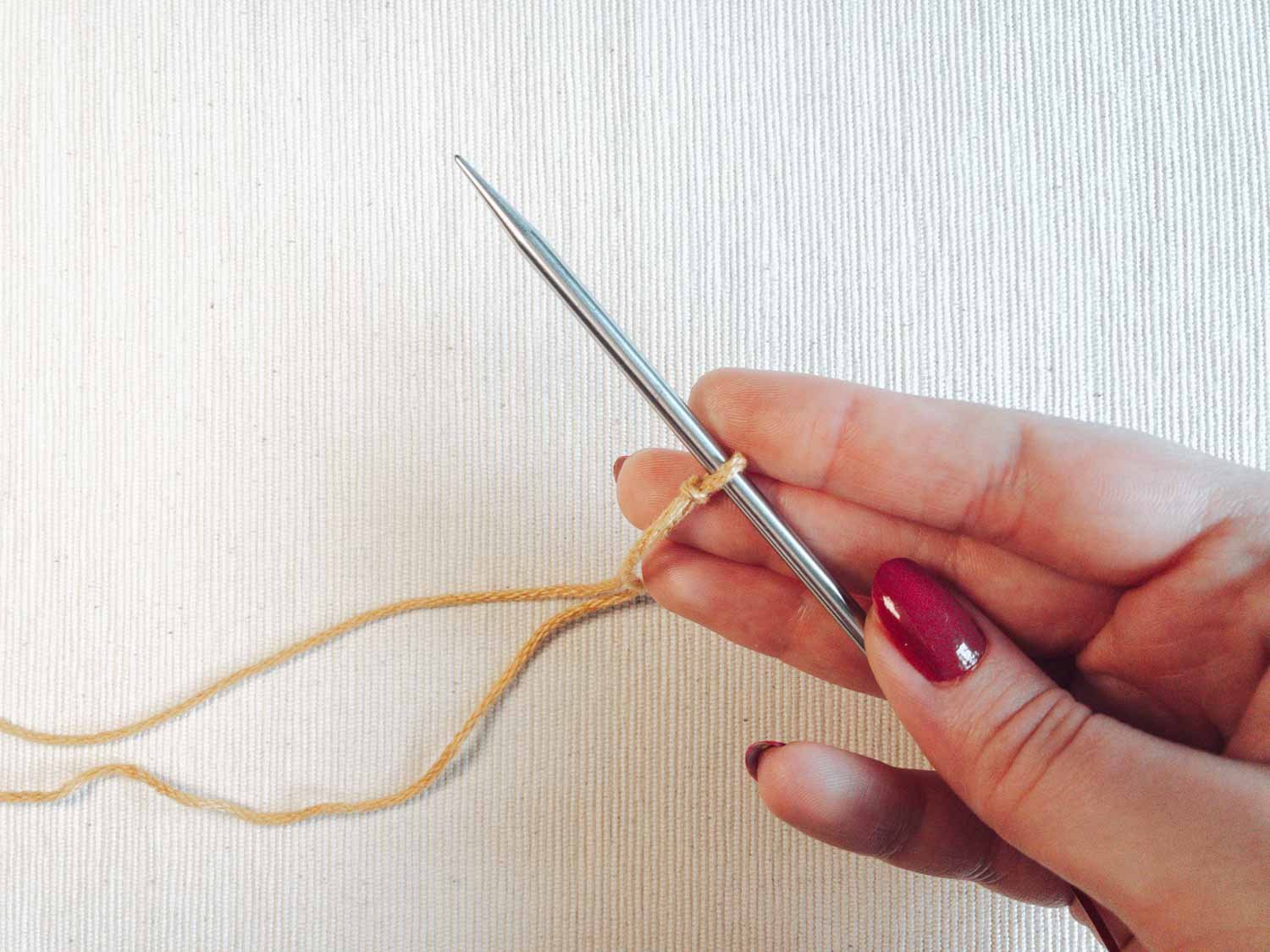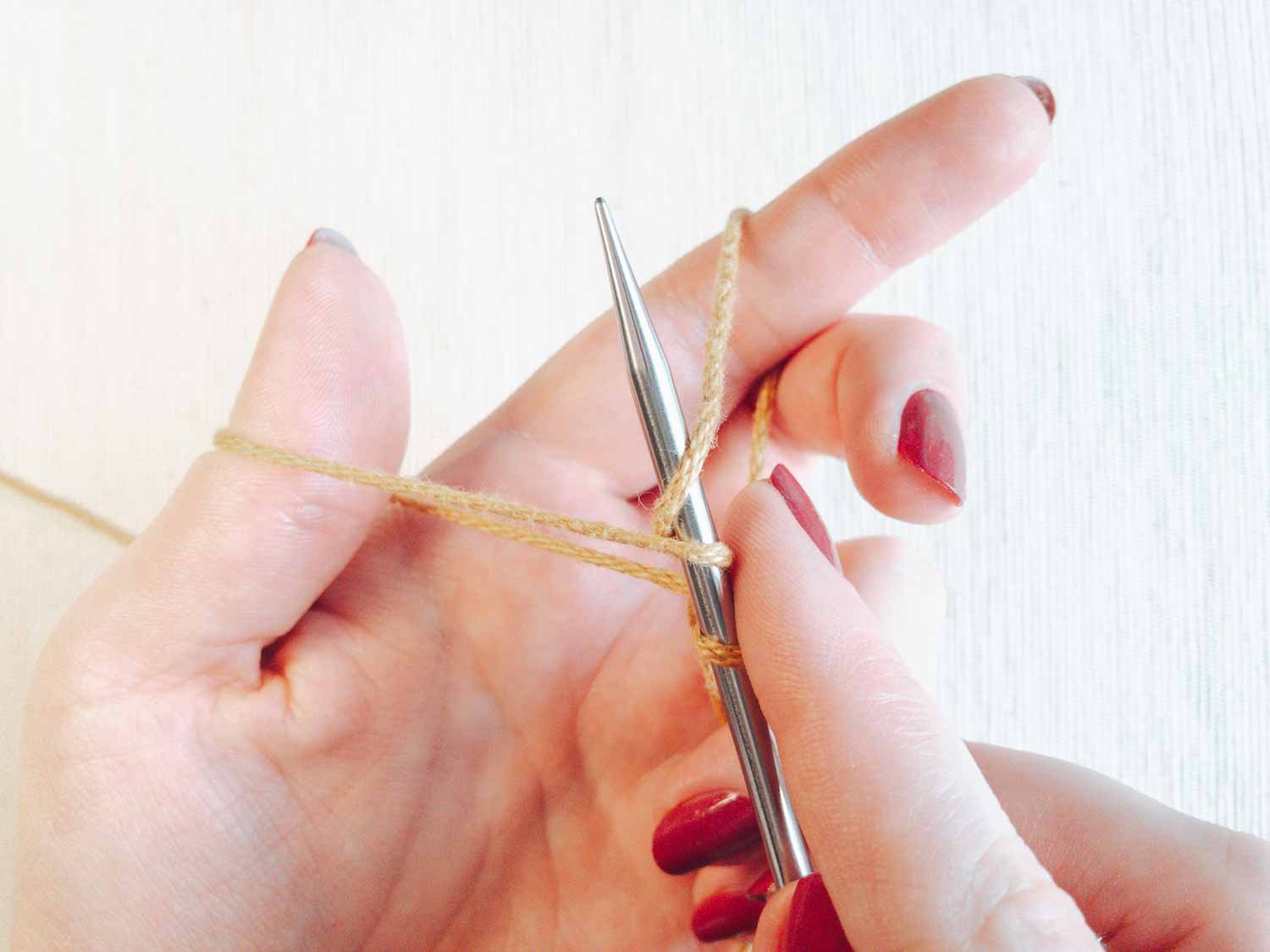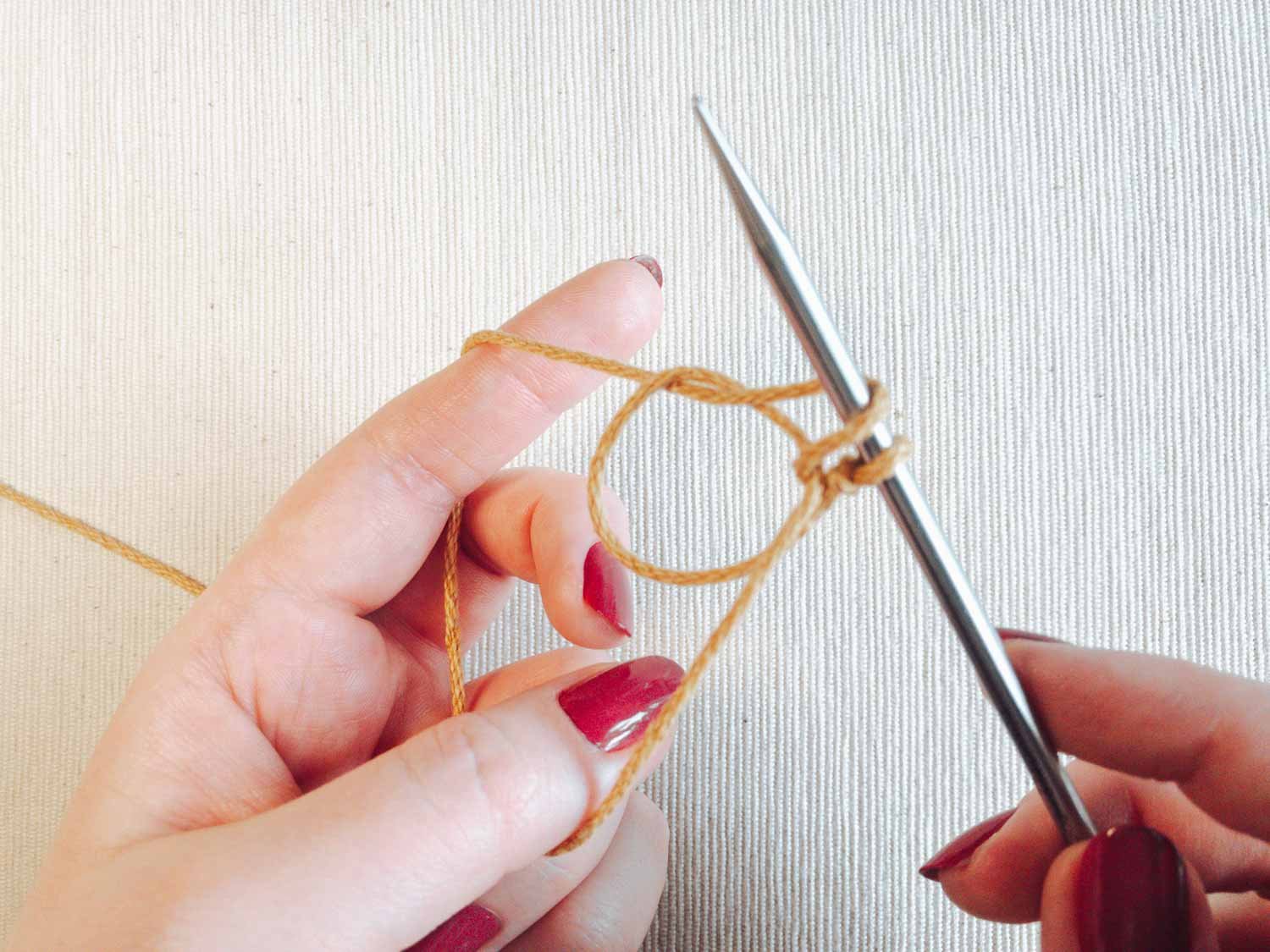How to Do the Long Tail Cast On in Knitting
The Long Tail Cast On is one of the most popular cast on methods in knitting! It’s simple to learn, quite versatile and creates a neat edge. In this post, you’ll learn all you need to start using the Long Tail Cast On: from materials, through step-by-step tutorial to a few of tips on working with this method.
Let’s get started!
This post may contain affiliate links that support the content on this blog.
PIN IT NOW & READ IT LATER!
About the Long Tail Cast On
Long Tail Cast On is one of the most popular cast on methods. While I learned the Backwards Loop Cast On first as a beginner, I quickly switched to the Long Tail Cast On. I like it a lot for how easy it is to make, and the edge that it creates - neat, strong, and slightly elastic. It’s a great cast on for lots of projects that require a bit of stretch. On the other hand, it may not work best in projects that require a lot of stretch (like socks).
what type is the long tail cast on?
It’s a two-strand cast on, so you’ll need to measure the necessary length of yarn for the cast on before starting - there is no way to prolong the tail if you run out of the strand to cast on the next stitches - you will need to unravel and start over. I’ll share how to measure the necessary yarn length in the step-by-step tutorial later on in this post!
Tools for Learning the Long Tail Cast On
You will need the most basic materials for this tutorial: yarn and knitting needles. You can choose the yarn and needles specific to the project that you plan to work on, or choose some supplies just for practicing:
Yarn. I recommend getting yarn in a light color, in worsted weight (category medium). Go for fiber with a bit of stretch so it’s easier to work with - wool or acrylic. Stick to smooth yarns - nothing fuzzy so it’s easy to see your stitches clearly. Stay away from dark colors - it’s really tiring for the eyes to try to distinguish stitches in dark yarn!
Knitting needles. Choose needles in size recommended on the yarn label, or appropriate for your chosen yarn weight. These can be any needles - circular or straight.
ABOUT THE YARN ENDS
There are a couple of knitting terms referring to yarn strands that will be helpful for you to know before we dive into the tutorial! It’s the “working yarn” and “yarn tail”.
Pull up a bit of yarn from the skein and place it folded on a table. The end of the yarn that leads to the ball is called the “working yarn” or “ball yarn”, and the actual end of the yarn strand is called the “tail end”.
Long Tail Cast On Step-by-Step Tutorial
Let’s have a look at how to cast on stitches with the Long Tail Cast On method.
1. Measure the yarn tail
To measure the yarn tail needed to cast on all of your stitches, simply wrap the yarn around the needle as many times as the stitches you want to cast on. Then pinch your yarn and unravel the loops - this is approximately the length you’ll need to cast on the stitches. Add another 15 cm (6 in) to have enough tail to weave in later.
If you need to cast on many stitches, my tip is to wrap the yarn around the needle 10 times and then measure this length for every 10 stitches you need to cast on.
2. Make a slip knot and place it on the needle
3. Hold the yarn as in slingshot
If you’re right-handed, keep the needle in your right hand and the yarn in your left yarn. To hold the yarn for this cast on, insert your thumb and index finger between the working yarn and the yarn tail, then bring your needle down a bit to form a kind of slingshot shape with the yarn strands.
4. Move the needle under the thumb loop and up
5. Move the needle through the index finger loop down
6. Move the needle down through the thumb loop
7. Slip the yarn off the thumb and tighten the loop on the needle
You just cast on your stitch! You should have two loops on your needle: the slip knot and the newly cast on stitch. To cast on the next stitches, repeat steps 3-7 until you cast on as many as you need. Remember that the slip knot counts as the first stitch.
Starting the First Row of Knitting
After you finish your cast on, you’re ready to start working on your project!
To work the first row, turn your work so that the needle tip points right and the working yarn is on the right side of your stitches. If you’re right-handed, hold the needle with the cast on in your left hand, and the empty needle in your right hand. You’re read to work the first row!
Tips for Long Tail Cast On
Remember that the slip knot loop counts as a stitch when counting your stitches.
Don’t cast on your stitches too tight, because they will be hard to work into in the first row. If your cast on turns out too tight, try using a larger needle size, or cast on the stitches using two needles held together, then remove one needle.
To avoid too tight stitches, cast on the stitches on the body part of the needle, not only the tapered tip.
The stitches shouldn’t be too loose either - if your cast on stitches are very loose and uneven, try casting on with a smaller needle.
To speed up counting your cast on stitches, you can count them by groups of two or more.
Think about starting working your project on the wrong side row. This cast on creates a line of purl bumps on the back of the cast on, and they will show on the front of your work if you start working a right side row. It’s just a choice and a question of your preference.
MORE KNITTING TUTORIALS:













